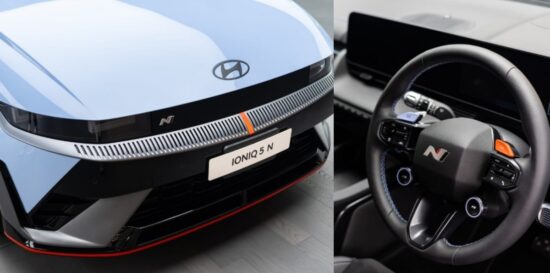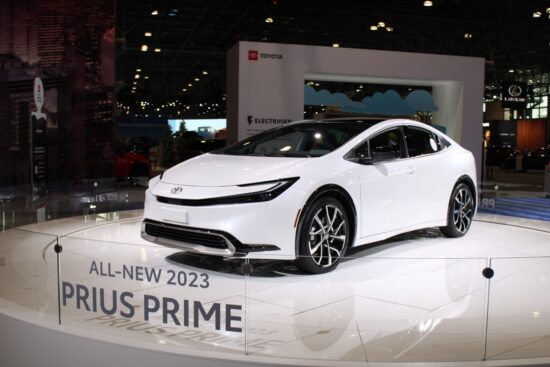Easy-to-understand auto insurance 101 to take the easy step

- Sometimes it seems difficult to fully understand what auto insurance involves and how to buy it.
- But we share the basic manual so you can see it clearly quickly.
- The Simplified Auto Insurance Manual.
Basic personal car insurance
required by most US states. It essentially provides some financial protection if you or another driver using your car causes an accident that damages someone else’s car or property, injures someone, or both.
That doesn’t seem like much protection, does it? There are, of course, other types of auto insurance coverage that you may need, but we understand that all the information available can be confusing.
You most likely want to understand what is covered, what is not covered, and what is optional. In addition to understanding the types of coverage and considering the different amounts of coverage. Well, let’s make it as neat and clear as possible for you.
Below is a summary of the types of coverage available prepared by the Insurance Information Institute (III). Some are required, others are optional. All are individually priced to allow you to customize coverage amounts to meet your auto insurance coverage needs and budget.
Mandatory coverage: Almost all states require car owners to have the following liability coverage:
- Bodily Injury Liability: Covers costs associated with injuries and death caused by you or another driver while driving your car.
- Property Damage Liability – This coverage will reimburse others for damage that you or another driver operating your car causes to another vehicle or other property, such as a fence, building, or utility pole.
Frequently required coverage: Many states require you to have the following coverage:
- Medical Payments or Personal Injury Protection (PIP) – Provides reimbursement for injury medical expenses to you or your passengers. It will also cover lost wages and other related expenses.
- Uninsured Motorist Coverage – Reimburses you when an uninsured motorist causes an accident or in the event of a hit-and-run. You can also purchase insured motorist coverage, which will cover costs when another driver lacks adequate coverage to pay for the costs of a serious accident.
Even if these types of coverage are optional in your state, consider adding them to your policy for added financial protection.

Easy-to-understand auto insurance 101 to take the easy step
Optional coverage
While the basic and legally required car insurance covers the cost of damage to other vehicles that you may cause while driving, it does not cover damage to your own car. To cover this, you must purchase the following optional auto insurance coverages:
- Collision – This optional coverage reimburses you for damage to your car that occurs as a result of a collision with another vehicle or other object, such as a tree or a railing, when you are at fault. While collision coverage will not reimburse you for mechanical failures or normal wear and tear on your car, it will cover damage caused by potholes or rolling your car.
- Comprehensive – Provides coverage against theft and damage caused by an incident other than a collision, such as fire, flood, vandalism, hail, falling rocks or trees, and other hazards, even if you are hit by an asteroid!
- Glass Coverage: Windshield damage is common and some auto policies include non-deductible glass coverage, which also includes side windows, rear windows, and glass sunroofs. Or you can buy supplemental glass coverage.
Auto Insurance 101: Watch the Gap …
If you rent or finance your vehicle, car dealerships or lenders will likely ask you to purchase collision and comprehensive insurance.
But keep in mind that collision and comprehensive coverage only cover value market your car, not what you paid for it… and you should be aware that new cars depreciate quickly.
If your car is stolen or has a «total disaster,» there may be a «gap» between what you owe on the vehicle and your insurance coverage.
To cover this, you may want to consider purchasing gap insurance to pay the difference. (Note: for leased vehicles, the gap coverage is generally included in your lease payments.)
Auto Insurance 101: Who Is Covered And When?
Your auto policy will cover you and other family members on your policy, whether they drive your insured car or someone else’s car with permission.
Your policy also provides coverage if someone who is not included in it drives your car with your consent.
Your personal auto policy only covers personal driving, whether you’re traveling to work, running errands, or traveling. However, your personal auto policy will not provide coverage if you use your car for business purposes, for example if you deliver pizza or operate a delivery service.
Also note that personal auto insurance will generally not provide coverage if you use your car to provide transportation for other people through a ride-sharing service like Uber or Lyft.
However, some auto insurers now offer add-on insurance products (at an additional cost) that extend coverage for vehicle owners who provide ride-sharing services.
You are in time to have the ideal insurance that suits your needs with the guidance of the experts at Assurance America of Georgia.
The post Easy-to-understand auto insurance 101 to take the easy step appeared first on Hispanic World.
 Related post
Related post





